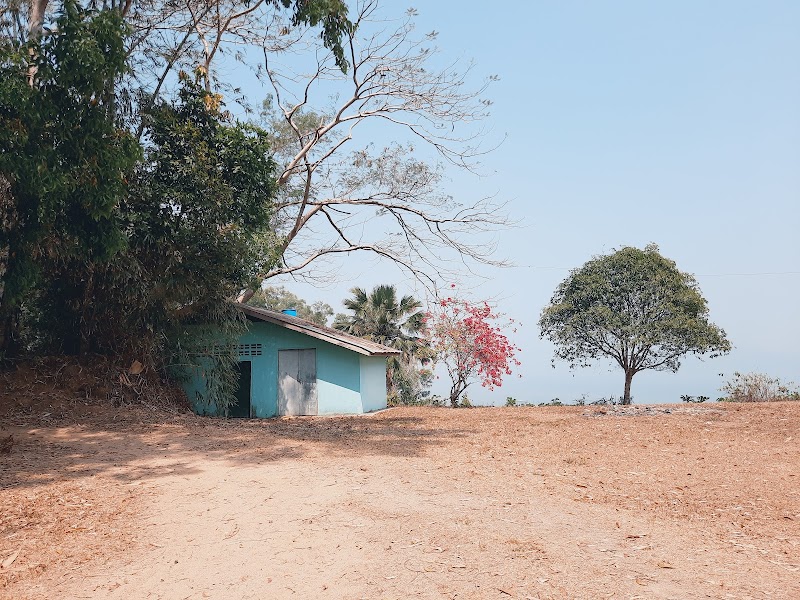
Mergui Archipelago Marine Protected Area Adventures
The Mergui Archipelago Marine Protected Area is a remote cluster of over 800 islands off southern Myanmar, celebrated for its pristine coral reefs, rich biodiversity, and outstanding opportunities for snorkeling, diving, and marine wildlife viewing.
About Mergui Archipelago Marine Protected Area

Located in the Andaman Sea along Myanmar's southern coastline, the Mergui Archipelago Marine Protected Area encompasses more than 800 islands, ranging from small rocky islets to larger forested islands with sandy beaches. This protected area is characterized by crystal-clear waters, vibrant coral reefs, and extensive seagrass beds, supporting an exceptional diversity of marine life including manta rays, whale sharks, dugongs, and a wealth of reef fish species. The islands' tropical rainforests serve as important terrestrial habitats, home to species like hornbills and macaques. Historically isolated due to limited accessibility, the archipelago has largely been spared from heavy tourism and development, allowing its ecosystems to thrive. Visitors are drawn here mainly for world-class scuba diving and snorkeling, with remote dive sites featuring dramatic underwater walls, coral gardens, and abundant marine fauna. There are also opportunities for kayaking, island hopping, and cultural encounters with the Moken people, a sea nomad community indigenous to the area. Notable landmarks include the stunning limestone karst formations of the islands and the spectacular underwater visibility. The archipelago’s protected status supports ongoing conservation efforts to preserve fragile coral reefs and marine species, while promoting sustainable eco-tourism. Its appeal lies in both its natural beauty and the sense of adventure offered by its remote location, ideal for travelers seeking an unspoiled marine environment rich in biodiversity and tranquility.
Highlights
World-class coral reefs and diverse marine ecosystems
Encounters with rare marine species such as whale sharks and manta rays
Historic villages of the Moken sea nomads
Scenic limestone island formations and secluded beaches
Notable Natural Features
Limestone Karst Islands
Steep, forested limestone formations create dramatic seascape scenery and sheltered inlets.
Coral Reefs
Rich coral gardens provide habitat for diverse marine life including colorful reef fish and large pelagic species.
Moken Villages
Traditional sea nomad communities offering cultural insight and handicrafts, maintaining a unique maritime heritage.
